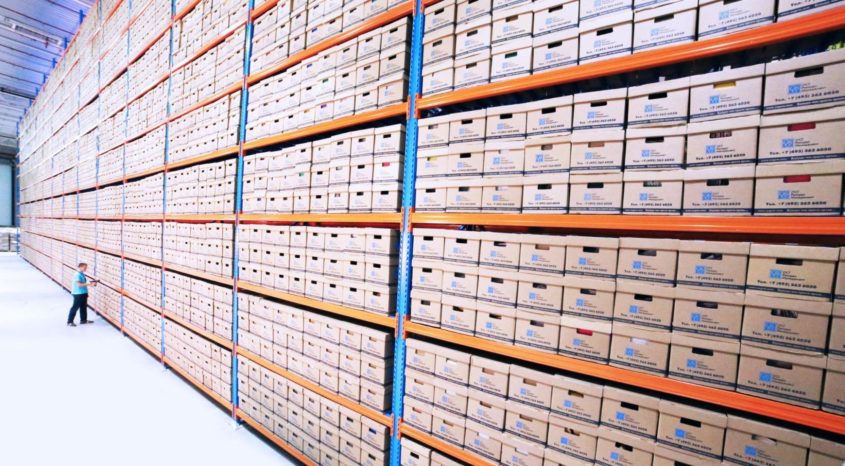Last year, three workers stole $300,000 worth of avocados, according to a story in the Los Angeles Times. When the company changed its distribution process, the three employees saw an opportunity to pilfer the popular fruit. Could this theft have been avoided had the company used data to clean up and manage its inventory?
A report by the Association of Certified Fraud Examiners found that the typical organization loses approximately 5% of its revenue as a result of theft or fraud. And preventing theft is just one situation in which data-driven inventory decisions could help companies operate more efficiently. Real-time inventory management can help companies determine if a product is really moving off the shelves as a result of popularity, or if it’s leaving the building for more nefarious reasons.
But theft prevention is not the only way data can help you clean up your inventory. It can also help you analyze a variety of factors to make the right inventory decisions. For example, if you stock equipment and you’re trying to determine the part or equipment to order, it may be necessary to check not only the nameplate, but also the manufacturer’s equipment list, work order history, and/or the bill of materials for the equipment. That can be a tedious process unless this information is easily accessible in a database.
Use Data to Regulate Orders
Ordering – and then trying to return – the wrong part is an even more tedious and time-consuming process, but with inventory management software, technicians can view key data that simplifies the ordering process while eliminating the potential for ordering the wrong part.
Data can help you answer tough ordering questions that your team would otherwise only begin to guess at:
- Even after determining the correct items to reorder, how do you know the right quantities to keep on hand?
- How fast do certain items move?
- How long would it take to reorder them?
- What are the chances the supplier would be out of the item upon reorder?
- Does this mean that you should order more items than needed?
Running out of an item can significantly impact a company’s customers – which can, in turn, jeopardize the relationship. A study on retail stockouts reveals that anywhere from 70% to 90% of them are a result of poor shelf-replenishment practices instead of a supplier shortage. Online customers are likely to abandon all of the products in their cart if their desired object is not available.
Companies with retail stockouts lose potential sales, but they are also at risk of losing customers long-term. For example, they may decide not to wait for the company to replenish its inventory. According to one report, customers might instead go to another store, and then end up permanently switching to the new supplier, as a result of dissatisfaction with the existing company.
Optimizing Inventory for Demand
On the other hand, when inventory levels are too high, the items take up space and cost the company money since it is necessary to organize and transport them. Changes in demand can also negatively impact inventory, leaving large quantities of unwanted goods or merchandise sitting in a warehouse.
Knowing how much inventory you have doesn’t really help if you don’t know where the items are. Being able to adequately identify the exact location of your items – whether they are in the warehouse or in transport – is another advantage of using real-time data to manage inventory. Inventory software that integrates with an ecommerce or retail point of sale software can update inventory whenever sales and purchase orders are processed. You can also keep up with returned items in real time.
The quality of the items in your warehouse are another concern for companies. Are you keeping items that are no longer in use, or have been recalled for defects? Depending on the product, there may also be expiration dates that should be considered. Modern inventory software can handle several data fields per product, and can notify warehouse technicians when products expire or specify the location of recalls.
All of these issues are multiplied for companies that have inventory in more than one location. However, a data-based inventory system allows companies to access inventory from anywhere. A cloud-based system means there are no setup or maintenance fees, and the efficient management of multiple locations helps companies to streamline their processes.
The ability to accurately identify, locate, and maintain the desired stock levels helps companies maintain a clean inventory – and this helps them to optimize their retail or wholesale business.




